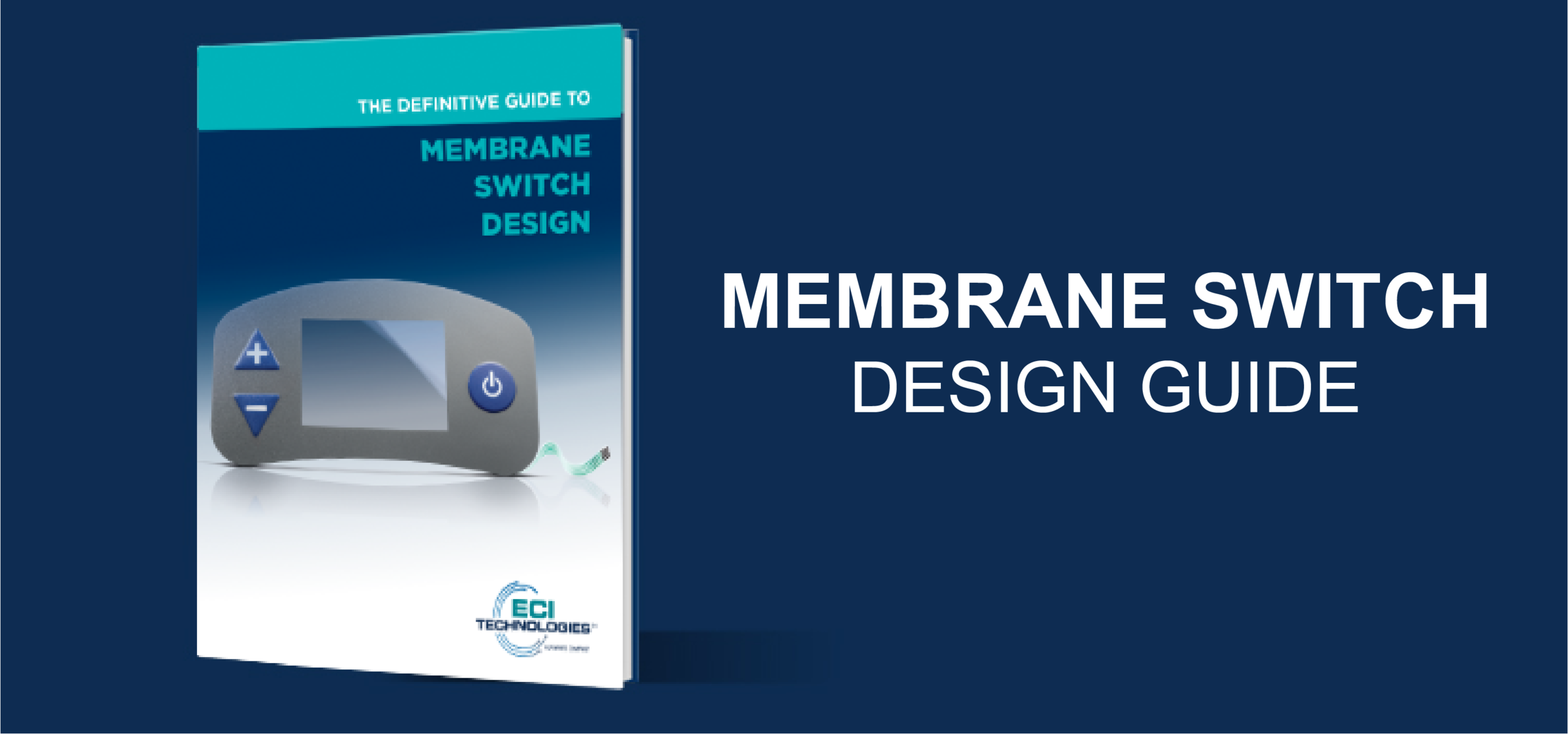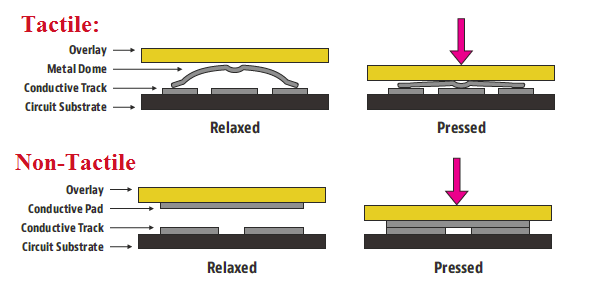Exploring the Future of Membrane Switches in Emerging Technologies
Exploring the Future of Membrane Switches in Emerging Technologies
Blog Article
Comprehending the Relevance of Membrane Switches in User Interfaces
Membrane buttons are essential components in the style of effective user interfaces, promoting not just functionality but likewise boosting visual charm and customer interaction. As we explore the various advantages and future patterns associated with Membrane innovation, it comes to be clear that these switches are a lot more than simply components; they represent a merging of technology and practicality.
What Are Membrane Buttons?

The spacer layer, which contains sticky residential properties, permits for the separation of the circuit layer from the overlay, guaranteeing that the button stays in a non-activated state until pushed. When stress is applied to the overlay, it presses the spacer layer, connecting the void and finishing the circuit in the underlying layer. This design not only lowers the physical area needed for traditional mechanical buttons yet likewise boosts the resilience of the gadget, as Membrane switches are generally immune to dirt, moisture, and other ecological elements.
Typically discovered in applications ranging from consumer electronics to clinical gadgets, Membrane buttons are indispensable to modern-day innovation, giving a effective and user-friendly interface that aligns with contemporary design demands.
Advantages of Membrane Buttons
While countless button modern technologies exist, Membrane Switches offer unique benefits that make them especially desirable in various applications. One of the main benefits of Membrane buttons is their compact layout, which permits space-saving applications in gadgets where realty is limited. Their slim account not just boosts visual allure but likewise facilitates light-weight building and construction.
Another significant benefit is their resistance to environmental elements. Membrane switches are typically secured versus dampness, dirt, and pollutants, making them suitable for usage in demanding settings, such as clinical tools and commercial tools. This resilience extends the life expectancy of the button, reducing upkeep expenses and improving integrity.
Furthermore, Membrane buttons can be tailored to satisfy particular layout needs, integrating distinct graphics and colors that boost individual interaction. Their responsive feedback options can additionally be customized to provide a rewarding individual experience. Furthermore, Membrane switches are affordable, particularly in high-volume applications, as they can be created successfully.
Applications in Various Industries

In the customer electronic devices sector, Membrane buttons prevail in tools such as microwaves, cleaning makers, and remotes. Their responsive feedback and aesthetic choices boost user experience while supplying a streamlined, modern appearance. Additionally, automobile manufacturers utilize Membrane buttons in control panel controls and infotainment systems, where area is limited, and customer engagement is crucial.
In addition, the commercial sector leverages Membrane buttons in control panels for equipment and devices, permitting for instinctive procedure in typically severe atmospheres. Their resistance to chemicals and wetness guarantees durability and reliability in these applications. Generally, the adaptability of Membrane Switches contributes substantially to their prevalent usage, making them essential in numerous technological domains.
Design Factors To Consider for Membrane Buttons

When developing Membrane switches, several essential factors to consider should be taken into consideration to make certain my blog ideal performance and individual experience. To start with, the choice of products is critical; selecting durable, premium substratums can enhance the switch's long life and resistance to environmental variables such as wetness and temperature variations.
Second of all, the layout of the graphic overlay should focus on clarity and simplicity of usage. Symbols and message need to be understandable, and the layout needs to help with instinctive communication (membrane switches). Furthermore, tactile responses is essential; including a tactile dome or various other systems can improve the individual experience by giving physical confirmation of activation
Another essential variable is the button's electrical efficiency. Designers should make certain that the conductive traces are correctly created to reduce resistance and avoid signal interference. This involves analyzing the required actuation pressure and making sure compatibility with the electronic components they will user interface with.

Future Fads in Membrane Modern Technology
As innovation remains to advancement, Membrane buttons are poised to progress considerably, driven by technologies in materials and manufacturing techniques. One emerging trend is the incorporation of innovative materials, such as versatile substrates and conductive inks, which boost sturdiness and minimize the general weight of Membrane switches. These materials not just boost the responsive action however additionally enable the layout of switches that can hold up against harsher environmental problems.
Moreover, the assimilation of touch-sensitive innovations is changing traditional Membrane Switches right into even more interactive interface. Capacitive touch sensing units installed within Membrane switch panels can provide a much more user-friendly and responsive user experience, lining up with the growing need for smooth, modern-day Discover More layouts in consumer electronic devices.
In addition, developments in printing strategies, such as electronic and 3D printing, allow quick prototyping and customization of Membrane switches. This versatility enables producers to react faster to market demands and customer preferences.
Finally, sustainability is becoming a significant emphasis, with producers discovering environmentally friendly materials and procedures. As these patterns unfold, the future of Membrane technology promises improved capability, visual charm, and ecological obligation, solidifying their function in sophisticated interface across different industries.
Final Thought
In verdict, Membrane Switches represent an essential component in the style of customer interfaces, incorporating functionality with visual flexibility. As innovations in innovation proceed, the advancement of Membrane switches is anticipated to more improve individual interfaces, driving technology and boosting use in an increasingly complicated technical landscape.
Membrane buttons are important parts in the design of efficient individual interfaces, promoting not just functionality but also enhancing aesthetic allure and user communication.Membrane Switches offer as a vital part in different customer interfaces, helping with a seamless communication in between customers and digital devices.While many button technologies exist, Membrane Switches deal distinctive benefits that make them especially preferable in various applications.Additionally, Membrane switches can be customized to satisfy certain layout needs, integrating distinct graphics and colors that boost user interaction.In final thought, Membrane Switches represent a vital component in the design of individual interfaces, integrating functionality with visual adaptability.
Report this page